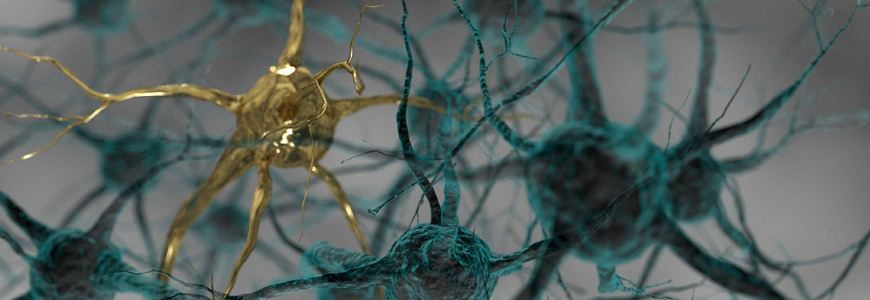Primary angiitis of the central nervous system (PACNS), a rare form of vasculitis with unknown cause, remains a formidable challenge both in diagnosis and treatment.
The diversity of clinical presentations mimics several other diseases affecting the central nervous system, even occasionally showing up on a brain MRI scan as a tumor-like lesion similar to a glioblastoma. Patients who may have the condition require a prompt multidisciplinary assessment with input from rheumatologists, neurologists, and radiologists, says E. William St. Clair, MD, chief of the Duke Division of Rheumatology and Immunology.
“When I encounter patients with this disease, it always conjures up a certain amount of anxiety,” St. Clair says. Quoting Winston Churchill’s 1939 reference to Russia, St. Clair describes the condition as “a riddle wrapped in a mystery inside an enigma. The diagnosis can be puzzling, and treatment is often challenging.”
A rare disease, PACNS has an estimated annual incidence rate of approximately 2.4 million person years, similar to the incidence of scleroderma. The mean age of onset is 50 years, although children have been diagnosed with this condition. Men and women are affected equally.
The mode of onset ranges from a slowly progressing cognitive decline to a sudden stroke and may also include signs and symptoms of headache (40 to 80%), focal weakness and sensory deficits (40 to 60%), confusion and disorientation (40 to 70%), and seizures (10 to 45%). A thunderclap headache, an extremely painful headache that comes on suddenly, like a clap of thunder, occurs infrequently in persons with PACNS. But the headache is a hallmark of reversible cerebral vasoconstriction syndrome, which must be differentiated from PACNS and usually has a much more favorable outcome.
No randomized controlled trials have been conducted to study the efficacy and safety of medical therapy for this condition, St. Clair says—another challenge in the care of these patients. As a result, therapy has evolved little over the past three decades. The general approach has been borrowed from experience in treating patients with systemic vasculitis.
Neurological examination is critical first step
Patients usually receive initial treatment with glucocorticoids such as prednisone and often immunosuppressive drugs such as cyclophosphamide. Maintenance therapy is commonly required to prevent a relapse. Careful disease monitoring is necessary to determine the patient’s response to therapy and to assess the need for a change in treatment to improve disease control.
“The critical, and first step in the evaluation of a patient with suspected PACNS is a neurological examination,” St. Clair says.
Neuroradiological studies are also an essential part of the diagnostic process. While a brain biopsy is considered the “gold standard” for diagnosis, St. Clair says, it may not be always possible to obtain brain tissue and the diagnosis must be based on the clinical picture, findings on cerebral angiography, and cerebral spinal fluid analysis. It is also important to exclude systemic diseases that may affect the central nervous system and cause similar signs and symptoms.
The most common clinical scenarios in which PACNS appears are the following:
- Multiple strokes and stroke-like episodes in different vascular beds, usually separated by time, with the presence of inflammatory changes in the CSF
- Unexplained strokes in young patients without traditional cerebrovascular risk factors for stroke
- Chronic meningitis without a demonstrated infectious or malignant etiology
- Subacute or chronic headaches associated with cognitive dysfunction, usually with a history of aseptic meningitis
- A combination of unexplained focal and diffuse neurologic dysfunction
Symptoms of PACNS are similar to more than a dozen conditions, ranging from intracranial atherosclerotic disease—a common mimic—to cerebral embolism or radiation vasculopathy.
“I am always asking myself whether the patient could have anything other than PACNS,” St. Clair says. “Evaluating and caring for patients with suspected PACNS really keeps me on my toes.”
